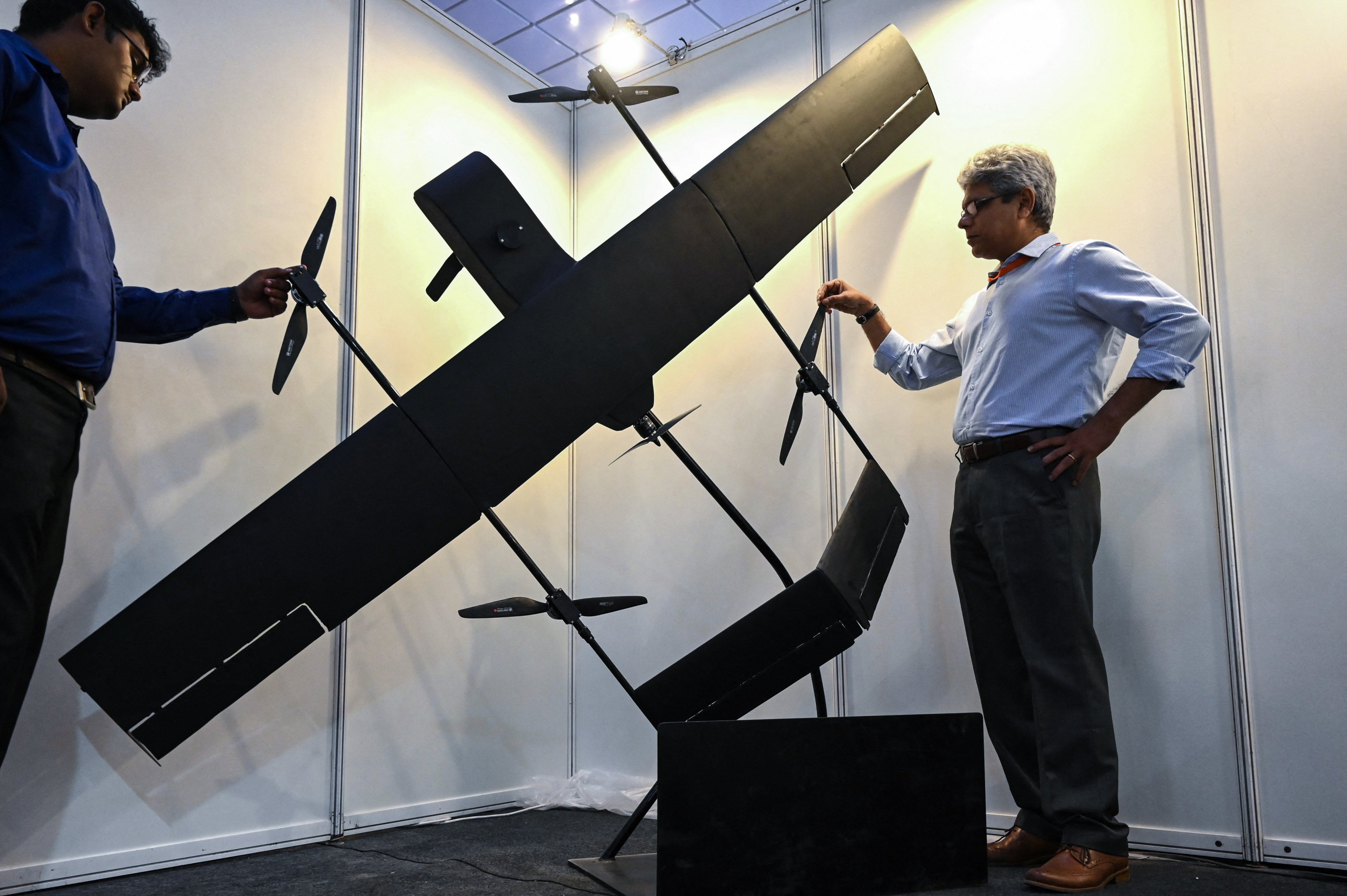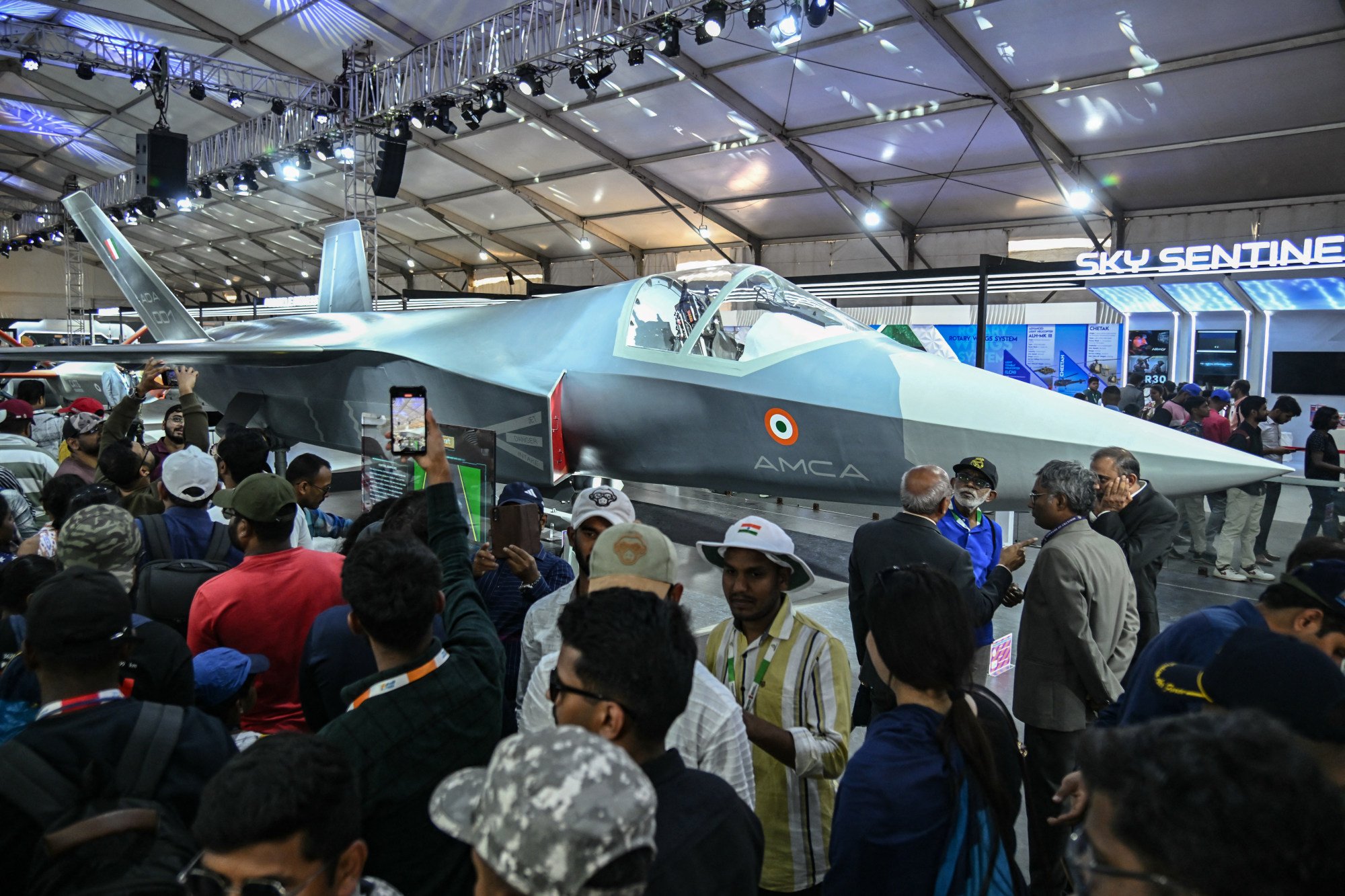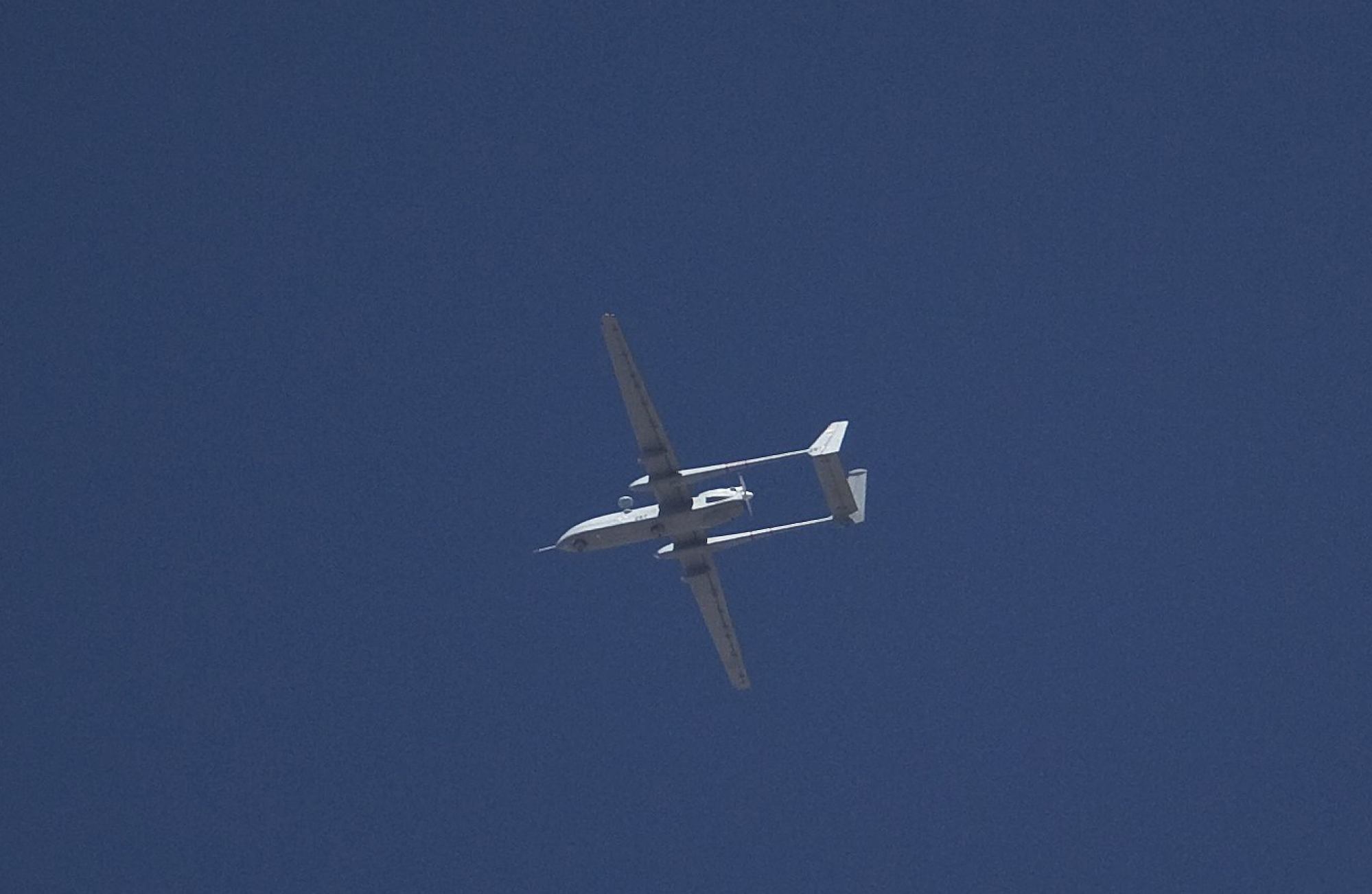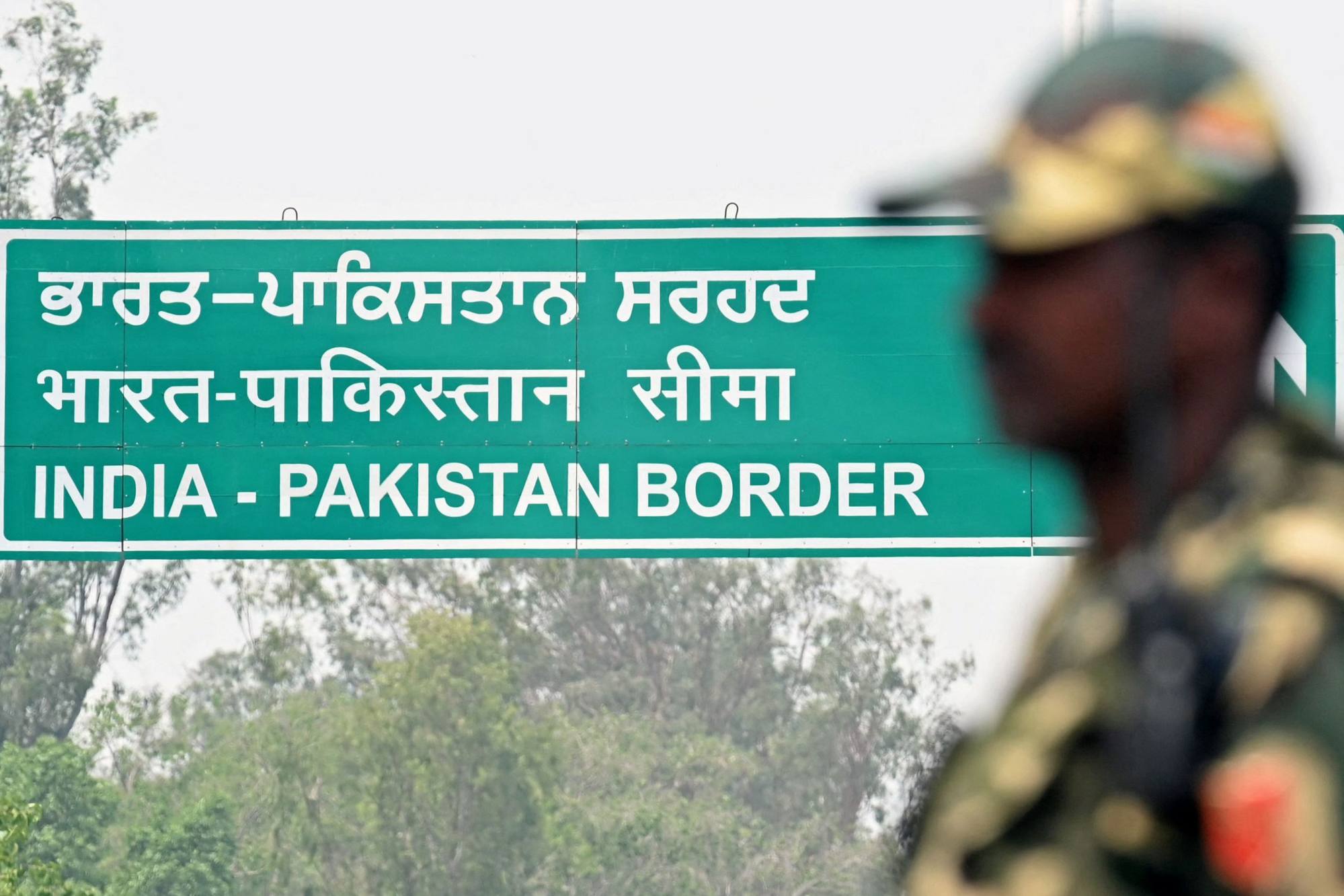India’s drones take flight as ‘cost-effective’ solution to fighter jet wait
Pakistan conflict has sharpened India’s focus on boosting production of drones indigenously as well as deploying them, analysts say

India’s recent military clash with Pakistan has underscored its accelerating push to expand its drone capabilities, which experts say could serve as a cost-effective interim solution while the country waits for its fifth-generation fighter jets.
The cross-border operation – launched in response to a terror attack in Pahalgam – saw Indian forces deploy a mix of locally made and imported drones to destroy nine militant camps in Pakistan and Pakistan-administered Kashmir. Analysts say the campaign, dubbed Operation Sindoor, marked a turning point in India’s military doctrine.
“The operation’s success, marked by the destruction of nine terror camps in Pakistan and Pakistan-occupied Kashmir using indigenous and imported drones like the Harop, SkyStriker and ALS-50, has highlighted the pivotal role of unmanned aerial systems [UAS] in modern warfare. India will significantly expand its military drone use and deployment,” said Srinivasan Balakrishnan, director of strategic engagements and partnerships for the Indo-Pacific region and analyst with Indic Researchers Forum.
“Drones can be a cost-effective interim solution for India until it develops sophisticated fifth-generation fighter planes.”

The Indian Air Force’s Advanced Medium Combat Aircraft (AMCA) with stealth capabilities is currently projected to have its first prototype flight in 2028-29. Production and induction into the air force are expected to follow, with the goal of having the aircraft ready for service by 2034.
The AMCA is projected to cost 150 billion Indian rupees (US$1.7 billion) compared to drones, which can range from 10 million to 100 million rupees, and serve as affordable alternatives for surveillance, precision strikes and swarming the opposition army’s defence, according to Balakrishnan.
“Drones lack the multirole versatility and payload capacity of fifth-generation fighters, and have vulnerabilities to jamming [as seen in Operation Sindoor] and require investments to build resilient systems. However, their low cost and rapid development cycle make them ideal interim tools,” he said.
Unmanned aerial vehicles emerged as a key weapon for the first time in South Asia during the India-Pakistan clash, when both sides deployed drones against each other. India neutralised Pakistani drone attacks on its cities with Russian-made S-400 air defence systems.
But the conflict has sharpened New Delhi’s focus on the need for boosting production of drones indigenously as well as deploying them.
“Recent conflicts have shown how drones can disproportionately shift the tactical balance. Their use is not just a possibility – it is a reality we are already facing,” India’s Chief of Defence Staff General Anil Chauhan said earlier this month.
Speaking at a workshop on UAV and counter-unmanned aerial systems indigenisation in Delhi, Chauhan highlighted the growing importance of cutting-edge technologies. “We can’t win today’s warfare with yesterday’s weapon systems,” he said.
His views were echoed by other Indian armed forces officials.
Unhandled type: inline-plus-widget {“type”:”inline-plus-widget”}
There was a lot of scope for India to develop an ecosystem for drones with dual-use technology for civil and military purposes, Lieutenant General Rahul R. Singh, deputy chief of army staff, told a conference by the Federation of Indian Chambers of Commerce and Industry earlier this month.
“We have been in consultation with the Ministry of Defence and others to come up with a framework and by September or October we should be out with our drone framework wherein we are looking at how to incentivise all the production, how to get through the vulnerabilities and how to facilitate testing would be the basic theme of this framework,” he added.
India’s military drones range from Israeli-made systems like the Heron and Searcher to indigenous platforms like the Nagastra-1, which are integrated into various branches of the armed forces.
Delhi finalised a deal to acquire 31 MQ-9B Predator drones from the United States in October 2024 for its armed forces, the first of which is expected to be delivered by January 2029 and the entire batch by October 2030. These drones are expected to boost the country’s surveillance and reconnaissance abilities.

Boosting drone production
To boost manufacturing and deployment of drones, India introduced the Drone Rules 2021 to help simplify the regulatory landscape. The government further launched the Drone Shakti Mission in 2022 to catalyse the domestic ecosystem by encouraging startups, incubators and public-private partnerships for home-grown drone technology, including for defence.
Besides sophisticated long-range drones which can operate at different altitudes, India is also developing swarm drone tactics – deploying large numbers of smaller unmanned aerial vehicles to overwhelm and saturate an adversary’s air defences.
According to local media this week, India’s Border Security Force is raising its first drone squadron for deployment along the border with Pakistan.
“[This is] a clear signal of where things are headed,” said Gaurav Kumar, a research assistant at United Service Institution of India think tank. “Drones are rapidly becoming central to India’s military strategy.”
According to Balakrishnan, the Indian drone industry still faces challenges, including being reliant on imports and foreign partnerships in the near term.
“Sixty to 70 per cent of critical components like batteries, sensors, motors, LiDAR and flight controllers are imported, primarily from China. This reliance poses serious risks due to geopolitical tensions and supply chain vulnerabilities,” he said.

Balakrishnan stressed the need to build a robust domestic supply chain for precision electronics as well as component manufacturing.
Securing supply chains for rare earth metals like lithium, cobalt and carbon composites, which are essential for drone frames and batteries, would also be crucial, Balakrishnan said, noting that “partnerships with countries like Australia for raw materials could reduce this dependency”.
Testing facilities to ensure drones were hack-proof and resilient to jamming were also important, he added.
A.B. Shivane, a retired lieutenant general of the Indian army who has written extensively on defence matters, said the country still needed to boost its industrial base for defence.
“Unless the MSMEs [Micro, Small and Medium Enterprises] and startups are empowered and integrated, the system will remain suboptimal. A large percentage of defence startups end up in the valley of death within the first five years,” he said.